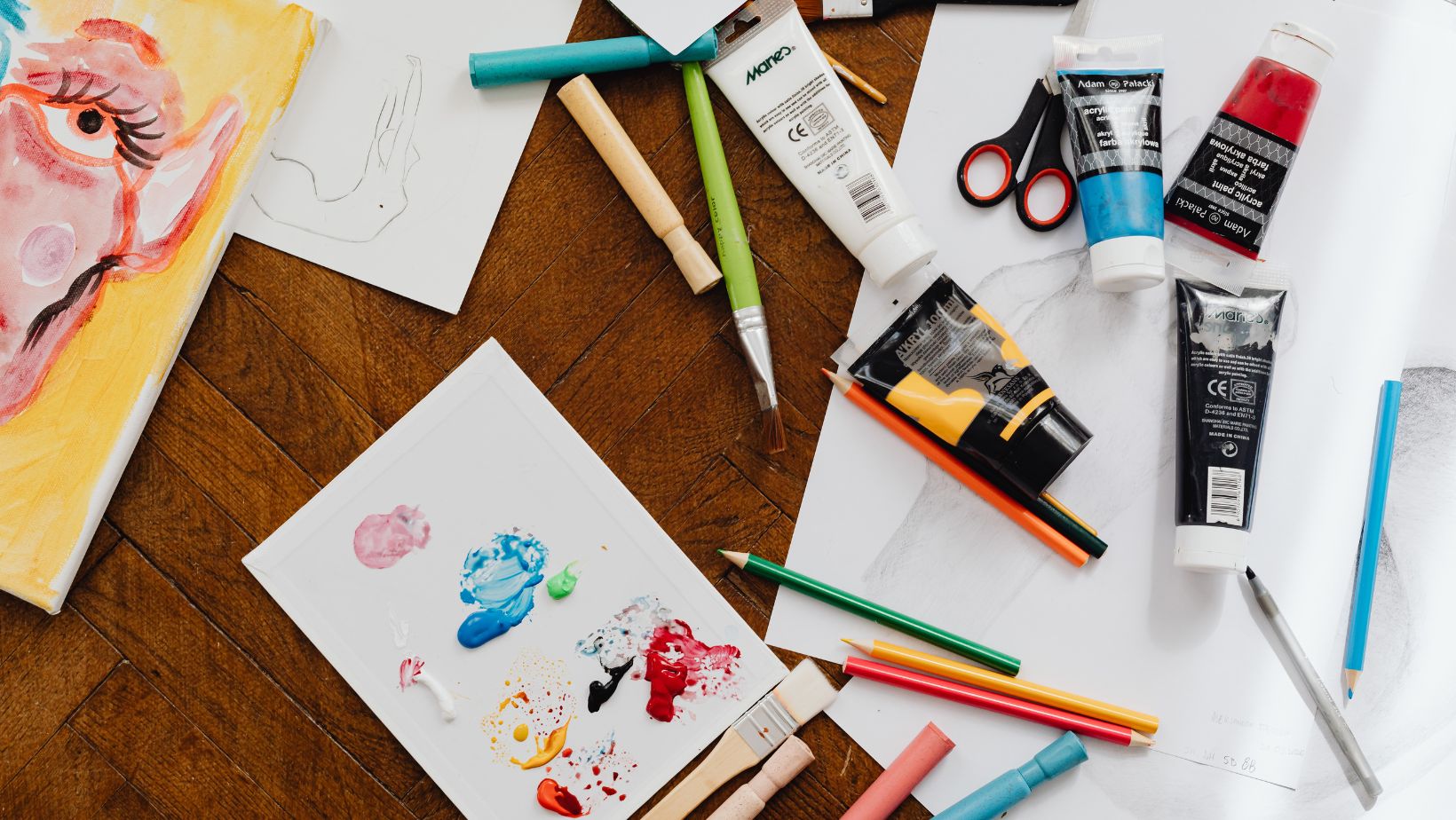Introduction
In today’s fast-paced world, finding moments of peace and concentration can be a challenge. Whether you’re a student trying to prepare for exams or a professional tackling a demanding workload, distractions are everywhere. However, there is a solution that can help you create a tranquil study sanctuary to foster focus and mindfulness: art.
Art has a unique ability to evoke emotions, stimulate creativity, and enhance concentration. When strategically incorporated into your study space, it can transform an ordinary environment into a haven of tranquillity that promotes deep concentration and mindfulness.
The Role of Art in Enhancing Focus and Mindfulness
Before delving into how art can create tranquil study sanctuaries, let’s explore the role of art in enhancing focus and mindfulness.
- Inspiration and Creativity: Art has the power to inspire and fuel creativity. When you surround yourself with art that resonates with you, it can trigger new ideas and perspectives, making your study sessions more engaging.
- Stress Reduction: Engaging with art can lower stress levels. The act of creating or simply gazing at artwork can activate the brain’s pleasure centers, reducing cortisol levels (the stress hormone) and promoting a sense of calm.
- Mindfulness: Mindfulness involves being fully present in the moment. Art can be a meditative practice, allowing you to immerse yourself in the process and forget about external distractions. This practice enhances your ability to concentrate.
- Aesthetic Appeal: A visually appealing environment can make a significant difference in your study experience. Art can enhance the aesthetics of your space, making it more inviting and conducive to learning.
Creating Your Tranquil Study Sanctuary
Now that we understand the benefits of incorporating art into your study space let’s explore how you can create your own tranquil study sanctuary:

1. Choose Art That Resonates: Select artwork that resonates with your personal preferences and study goals. Whether it’s soothing landscapes, vibrant abstracts, or thought-provoking portraits, the art should evoke positive emotions and inspiration.
2. Mindful Placement: Consider where you’ll place your chosen artwork. Paintings or prints can be hung on the wall directly in front of your study desk, creating a focal point. Alternatively, you can position smaller pieces strategically on your desk or shelves.
3. Colors and Themes: Pay attention to the colors and themes in the artwork. Cool and muted colors like blues and greens can promote a sense of calm, while vibrant colors like reds and yellows can energize your space. Choose themes that align with your study objectives – for instance, nature scenes for a biology student or abstract art for a creative thinker.
4. Lighting Matters: Proper lighting is crucial in creating a serene study sanctuary. Natural light is ideal, but if that’s not possible, invest in warm, soft lighting that complements the artwork. Avoid harsh, fluorescent lighting that can strain your eyes and disrupt your focus.
5. Minimalist Approach: While art is a focal point, it’s essential to maintain a clutter-free study environment. Minimalism can help reduce distractions and create a sense of order. Keep your study area organized and free from unnecessary clutter.
6. Incorporate Artistic Study Tools: Extend the influence of art to your study tools. Use aesthetically pleasing notebooks, pens, and other supplies to enhance your overall experience and make studying more enjoyable.

7. Rotate and Refresh: Don’t hesitate to rotate your art pieces or introduce new ones periodically. This keeps your study sanctuary fresh and prevents monotony.
8. Mindful Breaks: When studying, take mindful breaks to appreciate the art around you. Spend a few moments gazing at your chosen piece, focusing on the details, colors, and emotions it evokes. This can help recharge your concentration.
Conclusion
In a world filled with distractions, creating a tranquil study sanctuary is essential for fostering focus and mindfulness. Art plays a pivotal role in this endeavor, with its ability to inspire, reduce stress, and promote mindfulness. By carefully selecting artwork, mindful placement, and creating an aesthetically pleasing environment, you can transform your study space into a sanctuary that enhances your concentration and overall study experience. So, go ahead and bring art into your study routine to create a harmonious space that encourages deep learning and mindfulness.

